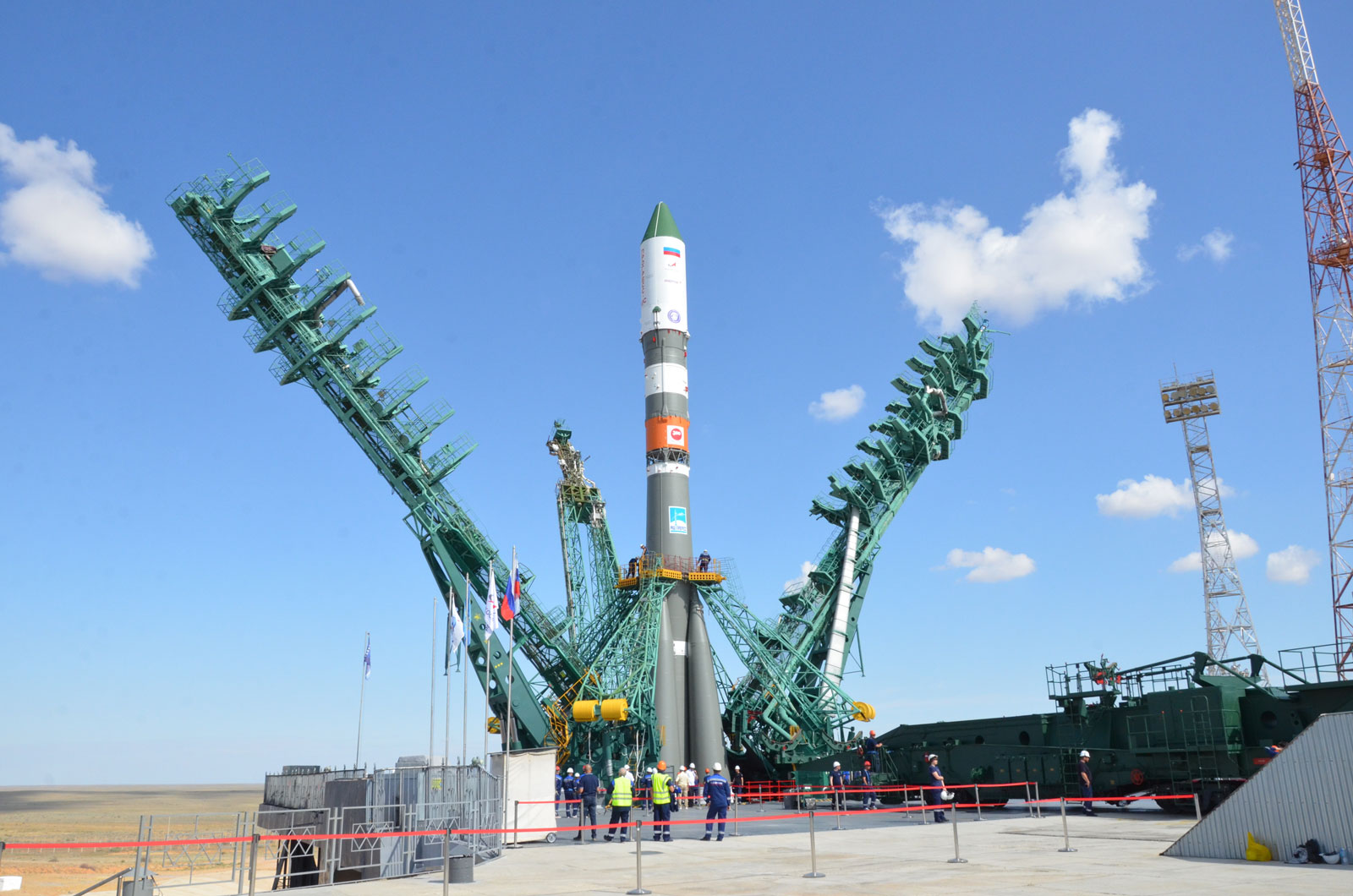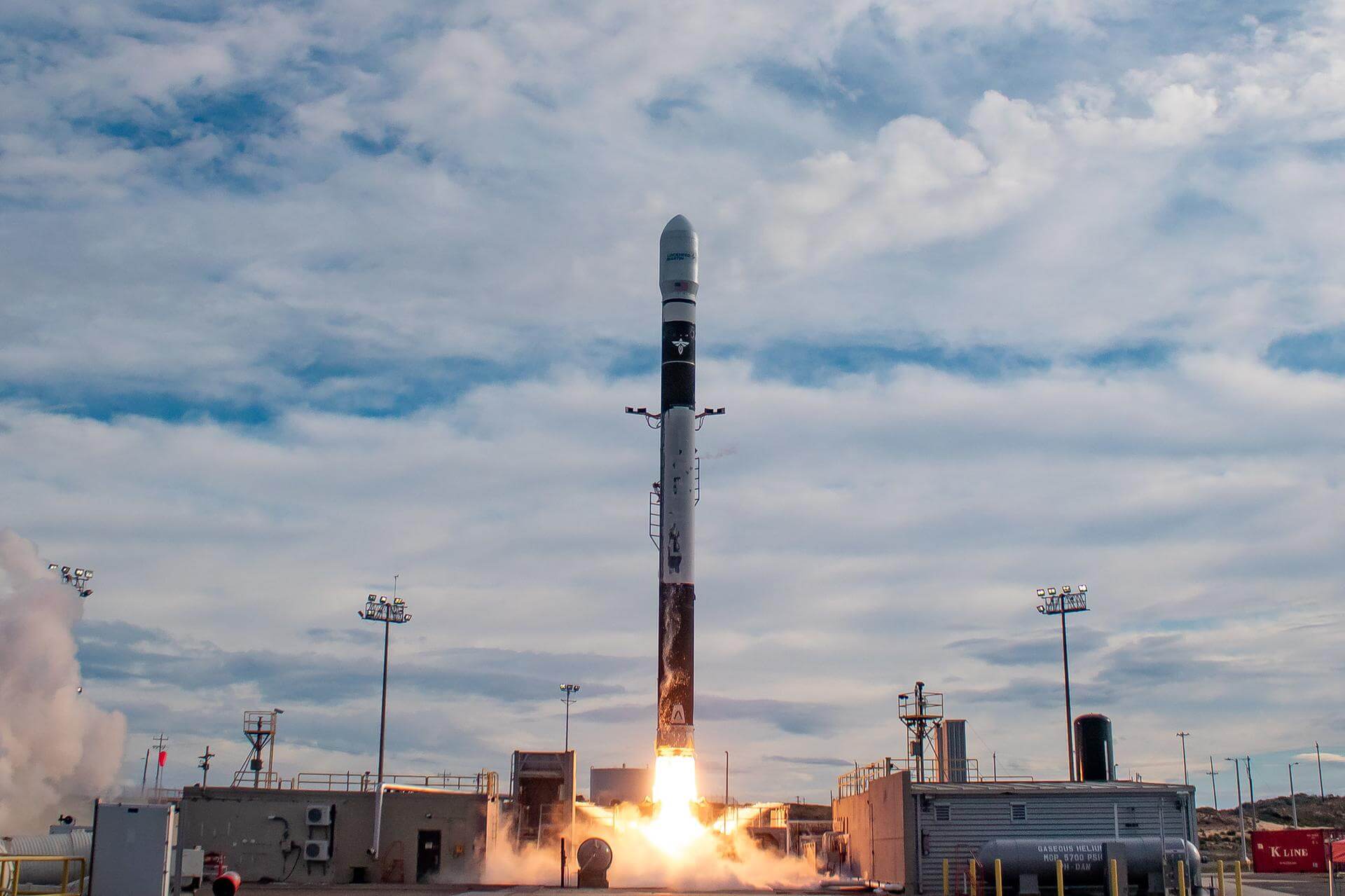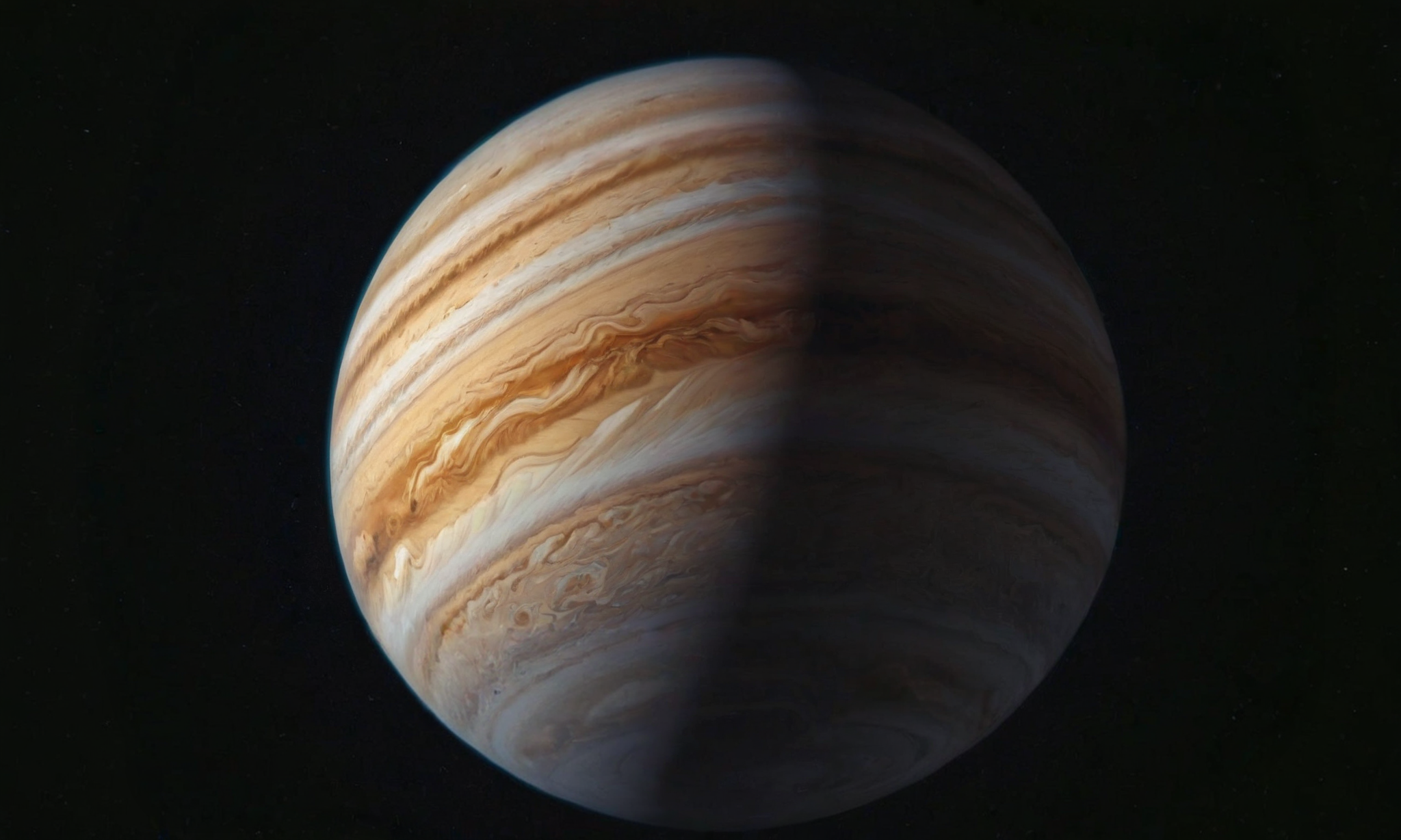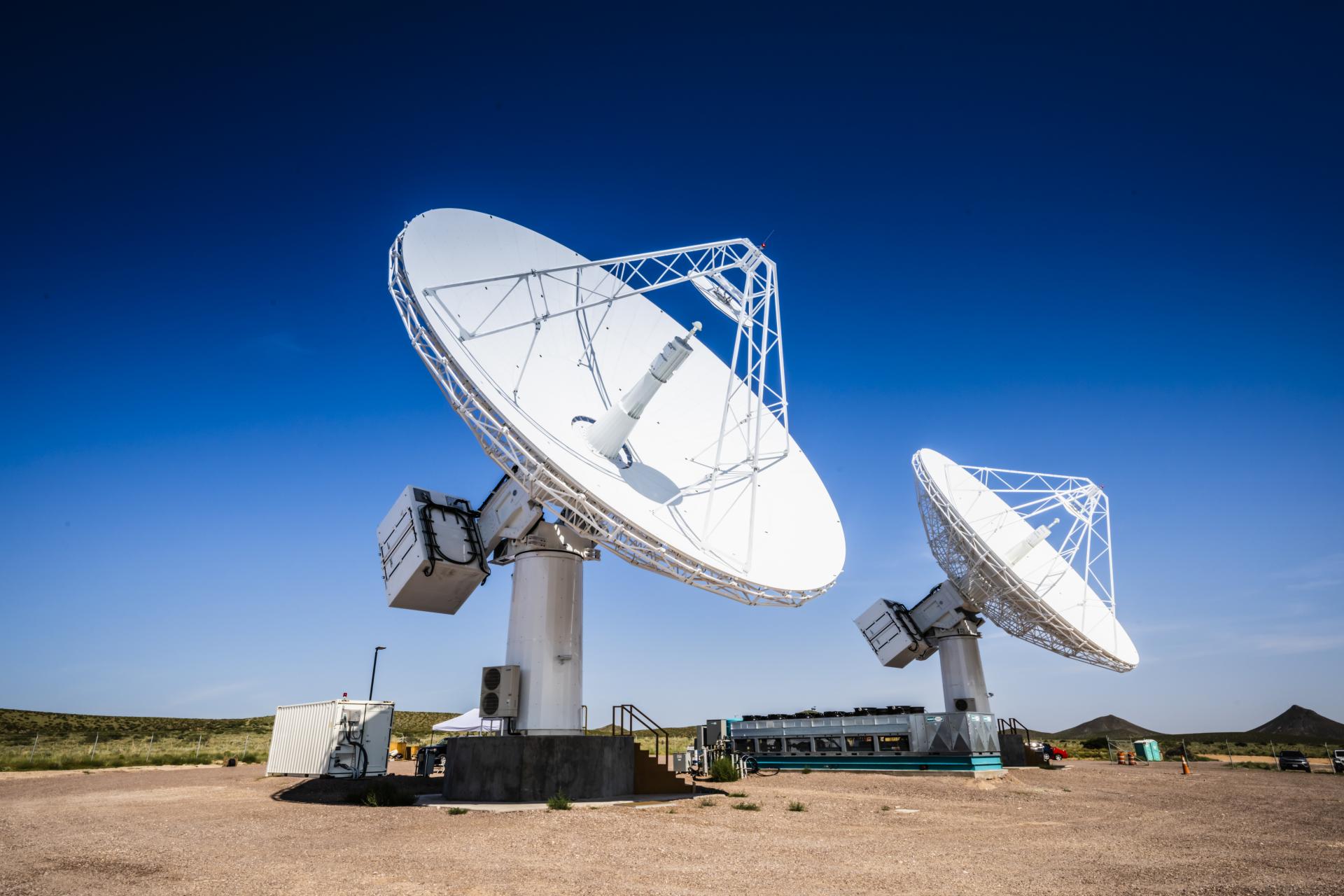· space brief · 5 min read
Space Brief 14 Nov 2024
Today's brief covers potential shifts in Space Force's strategy, new milestones in military satellite programs, and advancements in ground systems for missile defense. We'll also highlight Rocket Lab's latest contract win and critical design reviews in drone technology.

📄Top Stories
In today’s space news, the direction of the U.S. Space Force could see a significant shift towards a more assertive posture, as outlined in a forward-looking report should former President Trump vie for a second term. Meanwhile, Kratos is set to enhance U.S. missile defense capabilities with a new ground system contract. Rocket Lab secures key funding from the U.S. Air Force to continue its engine development projects, and both Sierra Space and drone manufacturers are making strides with critical design evaluations.
📰Detailed Coverage
Trump’s Second Term: A New Chapter for Space Force?
The report from ‘Project 2025’ suggests a more aggressive U.S. Space Force approach if Donald Trump is elected for a second term. These recommendations highlight enhanced military space capabilities and readiness to secure national interests in outer space. This shift is positioned as necessary to counter global competitions and secure space dominance.
Delving deeper, the report underscores potential expansions in satellite defense mechanisms and rapid response capabilities to global space threats. For satellite tracking enthusiasts, this could mean increased deployment of tracking technologies and high-resolution systems aimed at monitoring or mitigating space threats.
Read the full story: SpaceNews
Kratos to Enhance U.S. Missile Defense Systems
Kratos Defense is tasked with developing a $116.7 million ground system to support U.S. missile defense satellites under a newly secured contract. This system is crucial for improving the tracking and operational efficiency of missile defense forces, ensuring rapid data relay and processing between satellites and ground units.
Technically, the project will integrate cutting-edge communication technologies to ensure uninterrupted satellite-ground interactions, enhancing missile threat detection and response times. This development is significant for those interested in the interplay between satellite technology and defense systems, spotlighting innovations in data handling and satellite-ground communications.
Read the full story: SpaceNews
Rocket Lab’s New Endeavor with the U.S. Air Force
Rocket Lab has been awarded an $8 million contract by the U.S. Air Force to further the Archimedes engine development. This funding aims to advance digital engineering processes, which are pivotal for the next-generation rocket engine’s design and testing phases, potentially doubling performance efficiency.
This advancement underscores Rocket Lab’s commitment to innovation and enhances its standing as a key player in aerospace propulsion. For satellite operators and tracking experts, this could translate into more reliable and economical launch options, benefiting the entire space operations ecosystem.
Read the full story: SpaceNews
Sierra Space Milestones in Military Satellites
Sierra Space has cleared an important design review stage in its military satellite program supported by the Space Development Agency. Their long-term contract involves designing and delivering 18 satellites capable of missile warning and tracking, crucial for national security.
The satellites promise advanced warning capabilities and improved response times, vital in the modern security landscape. These efforts exemplify the complex integration of design, engineering, and operational readiness essential in maintaining a robust defensive satellite network.
Read the full story: SpaceNews
Drone Innovations in U.S. Air Force Programs
A significant advancement was noted in the Air Force’s Collaborative Combat Aircraft program as technology partners Anduril and General Atomics successfully completed critical design reviews for their drone wingmen. These autonomous aircraft are expected to play pivotal roles in reconnaissance and combat support operations by the end of this decade.
These drone advancements signify a leap in UAV technology, focusing on collaborative and independent operations that redefine aerial combat strategies. Satellite networks are expected to provide essential communication and control links for these drones, illustrating the cross-domain integration of space assets in defense operations.
Read the full story: Breaking Defense
🛰️Satellite Spotlight
- Satellite Name: COSMOS 952
- NORAD ID: 10358
- Launch Date: 1977-09-20
- Mission: Part of the Soviet Navy’s early warning satellite network, designed to detect and monitor maritime and military activities.
- Orbit: Inclination: 64.9356°, Period: 104.07 minutes, Eccentricity: Slightly eccentric
- Operator: Soviet Navy
- Fun Fact: COSMOS 952 is one of the early space-based platforms dedicated to naval surveillance and was part of the Soviet Union’s global monitoring initiatives during the Cold War.
Current TLE Data:
1 10358U 77088A 24316.17311307 -.00000001 00000-0 78257-4 0 99991
2 10358 64.9356 207.9049 0057809 224.1396 135.5043 13.83697035382514Track this satellite in real-time on our web app: Track COSMOS 952
🚀Upcoming Space Launches
November 14
- SpaceX Falcon 9:
- Starlink Group 6-68 from Cape Canaveral Space Force Station, FL, USA (10:33 UTC) A batch of 24 satellites for the Starlink mega-constellation - SpaceX’s project for space-based Internet communication system.
November 15
- China Aerospace Science and Technology Corporation Long March 7:
- Tianzhou-8 from Wenchang Space Launch Site, People’s Republic of China (15:03 UTC) Seventh cargo delivery mission to the Chinese space station.
November 17
- SpaceX Falcon 9:
- Optus-X from Kennedy Space Center, FL, USA (21:29 UTC) An unannounced geostationary communication satellite, nominally for the Australian telecommunications operator Optus. Details TBD.
November 18
- SpaceX Falcon 9:
- Starlink Group 9-12 from Vandenberg Space Force Base, CA, USA (05:47 UTC) A batch of satellites for the Starlink mega-constellation - SpaceX’s project for space-based Internet communication system.
- SpaceX Falcon 9:
- GSAT-20 from Cape Canaveral Space Force Station, FL, USA (18:31 UTC) GSAT-20 is an Indian geostationary Ka-band high-throughput communications satellite.
- SpaceX Starship:
- Integrated Flight Test 6 from SpaceX Starbase, TX, USA (22:00 UTC) Sixth test flight of the two-stage Starship launch vehicle.
November 20
- Rocket Lab HASTE:
- Leidos-2 from Wallops Flight Facility, Virginia, USA (00:00 UTC) Second sub-orbital launch of Electron for the Hypersonic Accelerator Suborbital Test Electron (HASTE) program for Leidos and Dynetics.
November 21
- Russian Federal Space Agency (ROSCOSMOS) Soyuz 2.1a:
- Progress MS-29 (90P) from Baikonur Cosmodrome, Republic of Kazakhstan (12:22 UTC) Progress resupply mission to the International Space Station.
Note: Launch dates and times are subject to change due to technical or weather considerations.

Maurice Stellarski





